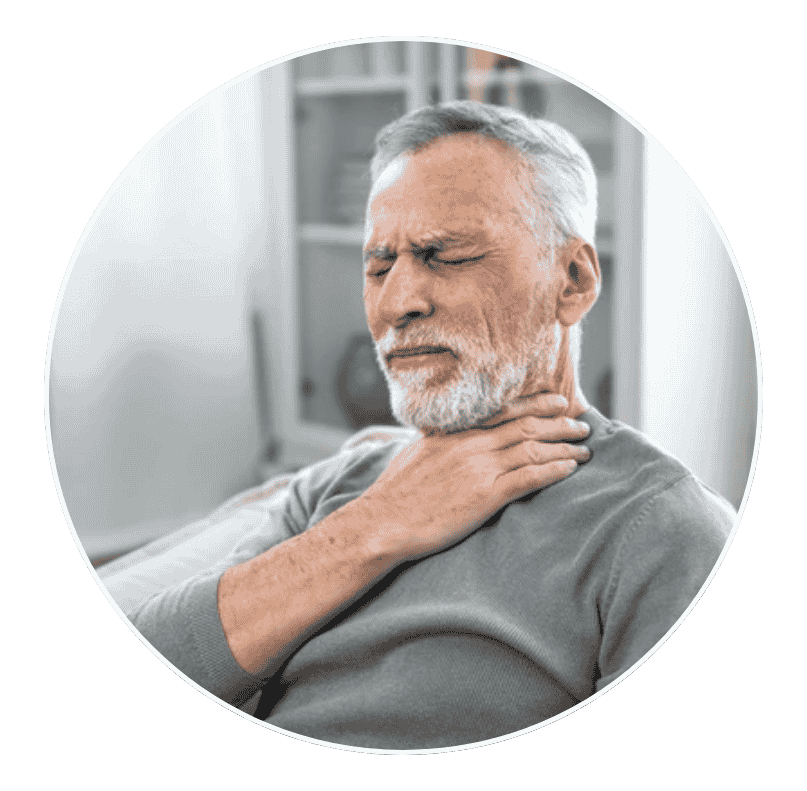What causes Aortic Disease?
Aortic aneurysms develop when the walls of the aorta become weak and start to bulge or balloon out. This weakening can result from several factors, many of which develop silently over time.

Several casues are:
- High Blood Pressure (Hypertension)
- Infections or Inflammation
- Genetic Conditions
- Atherosclerosis
- Smoking
- Trauma






